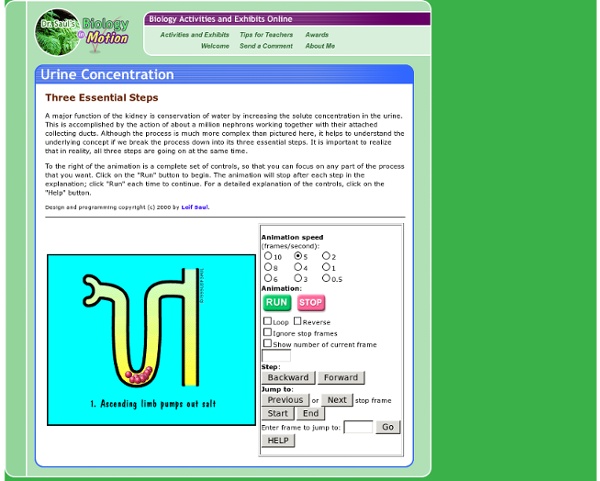



A Taste of Medicine - St Georges University of London SimDis -find out what people with disabilities experience Staying Alive - 4 minutes to save a life in 3D Depression Quest //Your therapist asks you a question that you're embarrassed to answer. Do you lie or not?//\n\n[[1. Lie. <html><center><img src=" no doubt that depression is a battle, and it seems to have taken a particular toll on you. Depression Quest: An Interactive (non)fiction About Living With Depression We really want to thank you for taking the time to play //Depression Quest//. Interactive Ear tool showing how the ear works by Amplifon The ear is the organ which controls hearing and balance, allowing us to understand our surroundings and position ourselves correctly. It is split into three parts: outer, middle and inner. This guide will take you through each part of the ear in turn, answering those essential questions – what are the parts, what do they do, and how? Pinna Helix Antihelix Concha Antitragus Lobe Cartilage Temporal Muscle (Temporalis) Temporal Bone Semicircular Canals Ganglia of the Vestibular Nerve Facial Nerve Ear Canal (External acoustic meatus) Mastoid Process Internal Jugular Vein Styloid Process Internal Cartoid Artery Eardrum (Tympanic Membrane) Auditory Tube (Eustachian Tube) Outer Ear – Welcome to the Interactive Ear! This is the part of the ear that people can see, and funnels sound into your ear canal. The rim of the pinna. A curved panel of cartridge. Bowl-shaped part of pinna. The small, hard bump above your ear lobe. The earlobe contains a large blood supply, helping to keep the ears warm.
explore 3d cell structures The Blood Typing Game - about blood groups, blood typing and blood transfusions What happens if you get a blood transfusion with the wrong blood type? Even though a patient's own blood type is the first choice for blood transfusions, it's not always available at the blood bank. Try to save some patients' lives and learn about human blood types! Play the Blood Typing Game About this game Embed the Blood Typing Game onto your own web site or blog Swedish version of the game 2012 Winner of the Best Game Category by Swedish Learning Awards "The winner has created a minimalistic but, at the same time, captivating graphic design which grabs the user's curiosity. See a Video about the Blood Typing Game 3 min. 1. ploster34802. Listed are players who have the highest number of treated patients within the last 24 hours.